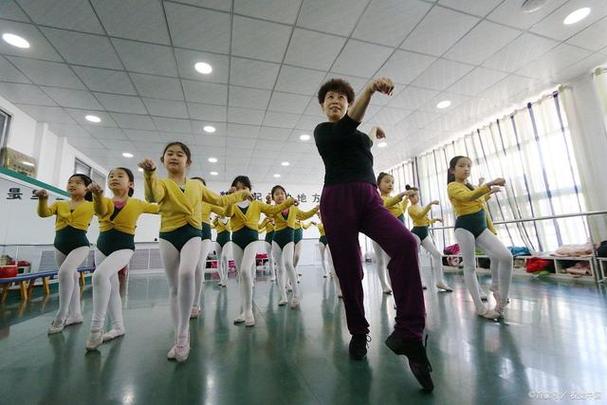```html
Exploring the Art of Dance in Physical Education
Dance, as an integral part of physical education, offers a unique blend of artistic expression and physical exercise. Incorporating dance into physical education classes not only enhances students' physical fitness but also nurtures creativity, coordination, and selfexpression. Let's delve into the significance of dance in physical education and explore some key aspects.
Dance provides numerous benefits that contribute to students' holistic development:
- Physical Fitness: Dance improves cardiovascular health, strength, flexibility, and endurance. It engages various muscle groups, promoting overall physical wellbeing.
- Coordination and Balance: Learning dance moves enhances coordination and balance, fostering better control over body movements.
- Creative Expression: Dance encourages creativity and selfexpression, allowing students to convey emotions and ideas through movement.
- Social Interaction: Group dance activities promote teamwork, cooperation, and communication skills among students.
- Mental Wellbeing: Dancing can reduce stress, boost mood, and increase confidence and selfesteem.
To effectively integrate dance into physical education, educators can follow these guidelines:
- Curriculum Design: Develop a curriculum that includes a variety of dance styles, such as ballet, jazz, hiphop, and cultural dances. Progress from simple to complex movements to accommodate students of different skill levels.
- Instructional Techniques: Utilize a combination of demonstration, instruction, and practice sessions. Break down dance routines into smaller steps and provide feedback to students to facilitate learning.
- Assessment: Assess students' progress based on their mastery of dance techniques, creativity, and participation in group activities. Offer constructive feedback to help students improve.
- Inclusive Approach: Create a supportive and inclusive environment where all students feel comfortable participating in dance activities regardless of their skill level or physical abilities.
- Integration with Other Subjects: Explore connections between dance and other subjects such as music, history, and cultural studies to provide a multidisciplinary learning experience.

Dance is not only a form of artistic expression but also a valuable component of physical education. By incorporating dance into the curriculum, educators can promote holistic development and enhance students' physical fitness, creativity, and social skills. Embracing the art of dance enriches the educational experience and empowers students to lead healthy and fulfilling lives.
